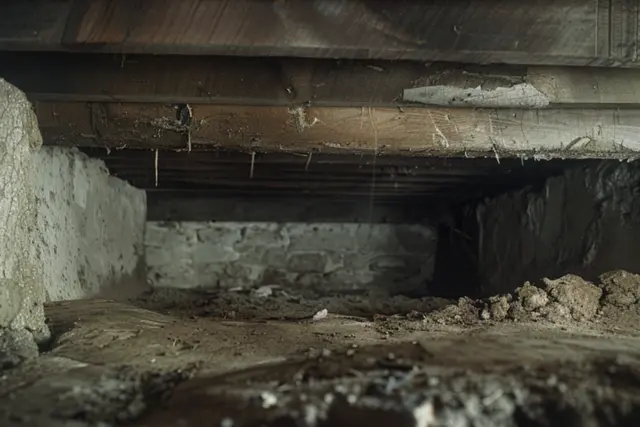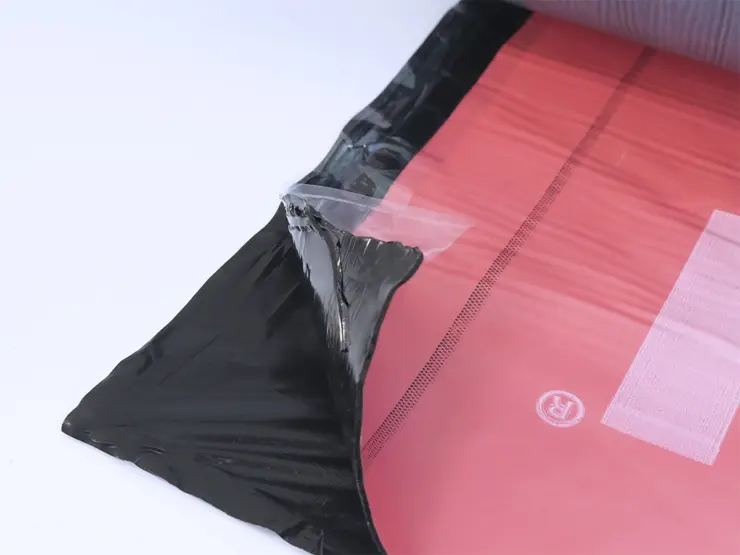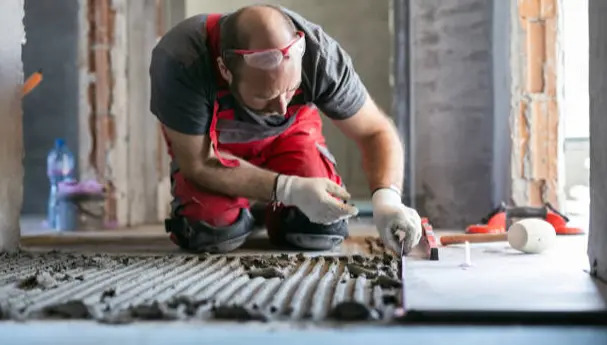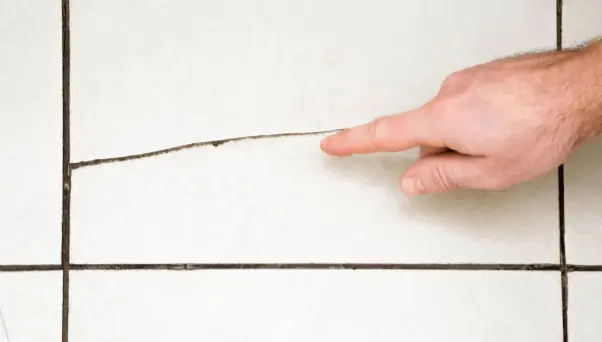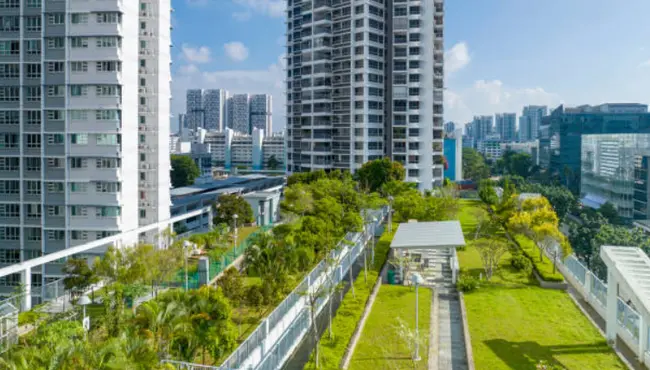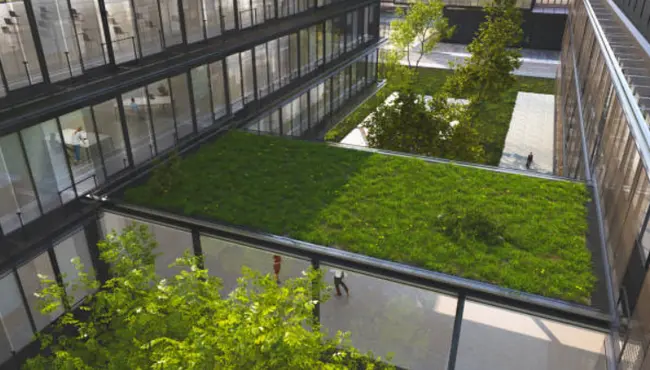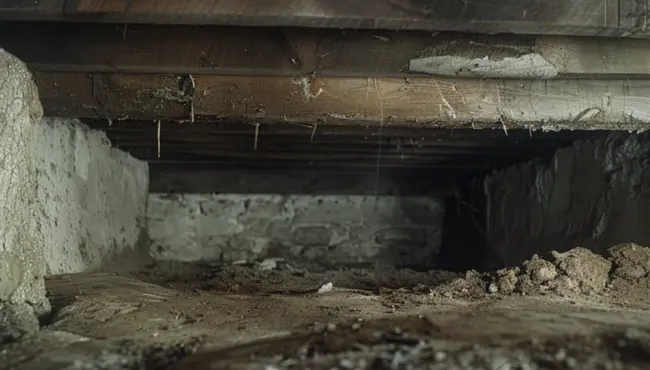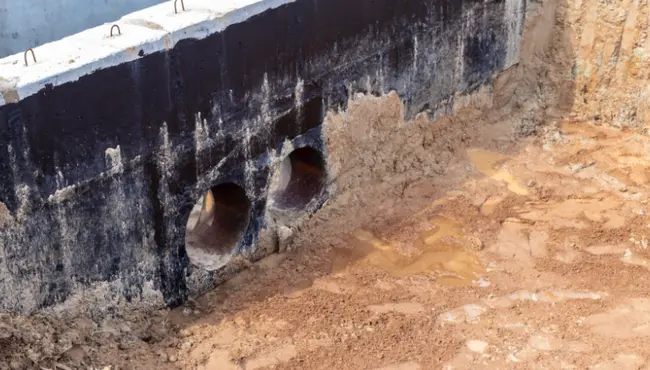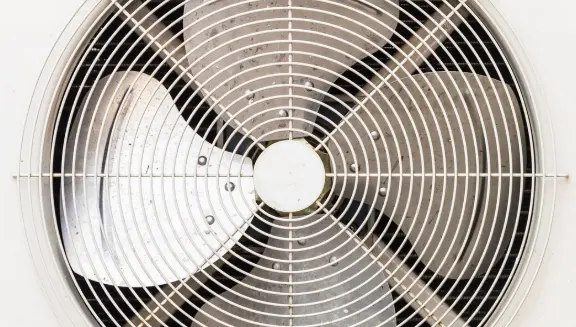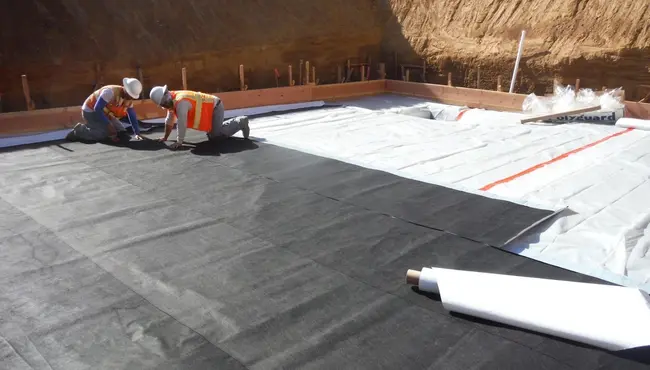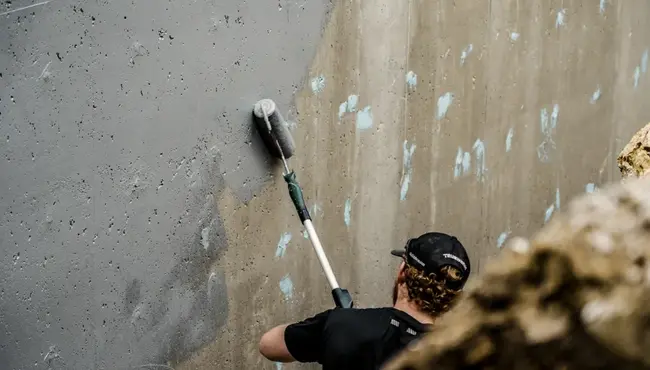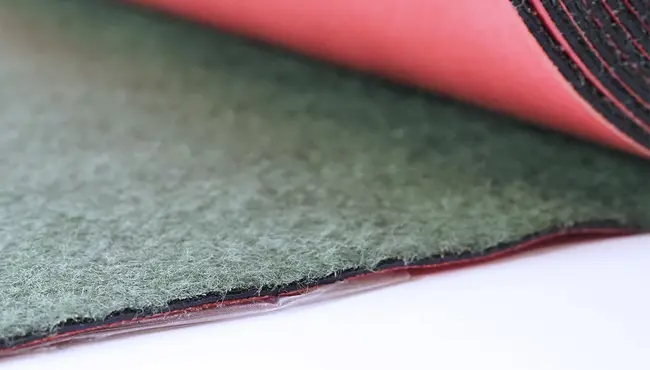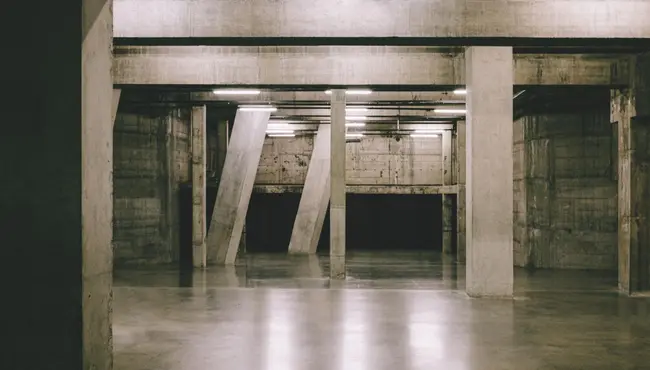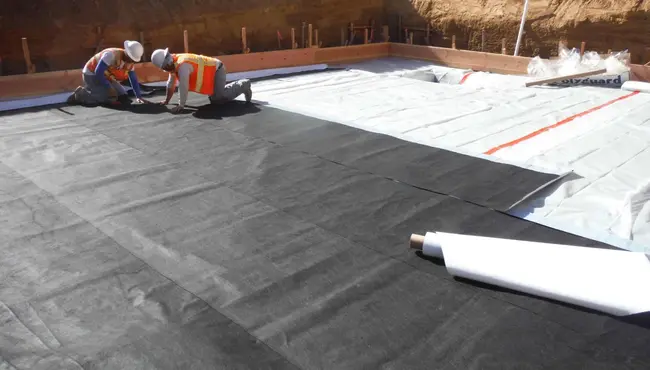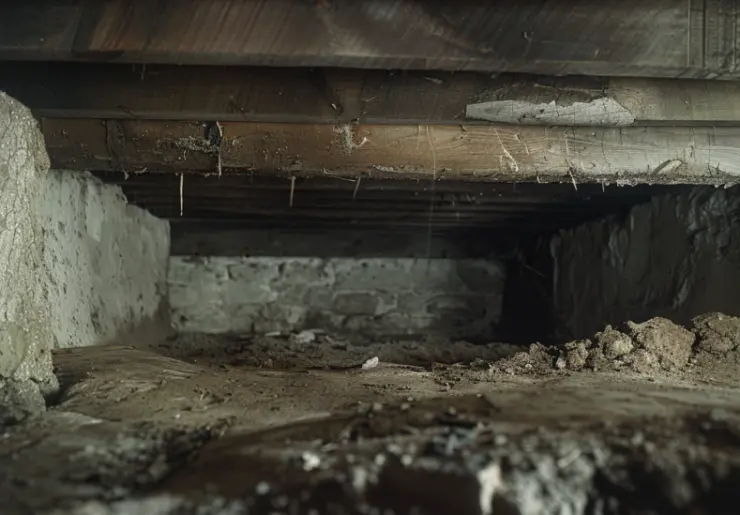
Crawl space encapsulation is essential for maintaining a home’s integrity and enhancing energy efficiency. This comprehensive guide explores the costs associated with crawl space encapsulation and highlights Polyguard’s solutions to help manage these expenses effectively.
What is Crawl Space Encapsulation?
Crawl space encapsulation involves sealing a crawl space to protect it from moisture, pests, and other environmental factors. This process not only improves air quality and energy efficiency but also prevents structural damage and reduces maintenance costs. It includes the installation of vapor barriers, insulation, and termite barriers to create a controlled environment beneath your home.
Types of Crawl Space Encapsulation
Waterproofing
Waterproofing a crawl space primarily involves the installation of vapor barriers to prevent moisture from infiltrating the area under your home. Moisture infiltration can lead to mold growth, wood rot, and decreased air quality, which can affect the entire home.
Insulation
Insulating a crawl space involves adding insulation to the walls and, in some cases, the ceiling of the crawl space to help maintain consistent indoor temperatures. This type of encapsulation is beneficial for reducing energy costs as it minimizes the amount of heat loss during winter and keeps the space cooler during summer.
Proper insulation in the crawl space can also help in reducing the chances of pipes freezing in winter and enhances overall comfort by maintaining a more consistent temperature in the living areas above.
Termite Barriers
Termite barriers are specialized materials used to prevent termite infestations within the crawl space. Termites can cause significant structural damage to wood and other cellulose-based materials found in many homes.
Using materials like Polyguard’s TERM® barriers can provide long-term durability by preventing these pests from accessing and damaging the wooden structures of your home.
Breakdown of Costs
Materials Costs
The materials used in crawl space encapsulation are crucial for achieving effective moisture control and insulation. Here’s a breakdown of typical material costs:
- Vapor Barriers: High-quality vapor barriers cost between $0.30 and $0.70 per square foot. These barriers provide excellent moisture and termite protection, essential for a robust encapsulation system.
- Insulation: The cost of insulation ranges from $1 to $4.50 per square foot. Proper insulation helps reduce energy costs by maintaining a stable temperature in your crawl space.
- Dehumidifiers: To control humidity, a dehumidifier costs between $300 and $1,500. Dehumidifiers are vital in preventing mold growth and maintaining a dry environment.
- Sealing Caulk and Tape: These materials, used for sealing gaps and joints, cost between $8 and $15 per tube. Proper sealing ensures a complete moisture barrier.
Labor Costs
Labor typically accounts for 50% to 70% of the total encapsulation cost. Professional encapsulation services range from $5,500 on average, with a typical range of $1,500 to $15,000, depending on the scope and condition of the crawl space. Hiring experienced professionals ensures the job is done correctly, providing long-term benefits and reducing the need for frequent repairs.
Inspection and Repair Costs
Before encapsulating a crawl space, an inspection is necessary to assess its condition. The cost of a crawl space inspection ranges from $100 to $250. If mold removal is required, it costs $15 to $30 per square foot. Foundation repairs, often necessary for older homes, can range from $2,000 to $7,000, depending on the extent of the damage.
Maintenance Costs
Regular maintenance is essential to ensure the longevity of your encapsulation system. This includes checking dehumidifiers, inspecting vapor barriers, and addressing any issues that arise. Investing in high-quality materials and professional installation reduces the frequency and cost of maintenance.
Factors Influencing Cost
Size of the Crawl Space
The size of the crawl space is a significant factor in determining the cost of encapsulation. Larger spaces require more materials and labor, increasing the overall cost.
Condition of the Space
The initial condition of the crawl space also affects the cost. Spaces with significant moisture issues, mold, or structural damage will require additional repairs before encapsulation can begin.
Geographical Location
Local labor rates and material availability can influence costs. In areas with higher labor costs or limited access to materials, encapsulation may be more expensive.
Material Quality
Using high-quality materials like those from Polyguard can have higher upfront costs but offer better long-term protection and durability, ultimately saving money on repairs and maintenance.
Cost-Saving Tips
DIY Cleaning and Debris Removal
Performing initial cleaning and debris removal yourself can reduce labor costs. This includes removing old insulation, clearing out debris, and ensuring the space is ready for professional encapsulation.
Purchasing Materials Directly
Buying materials directly from suppliers can avoid contractor mark-ups. Ensure you purchase high-quality materials to maintain the integrity of the encapsulation.
Seeking Package Deals
Some contractors offer discounts for bundling services. If you need additional services such as foundation repair or HVAC upgrades, consider negotiating a package deal to reduce overall costs.
Polyguard Termite Protection Products
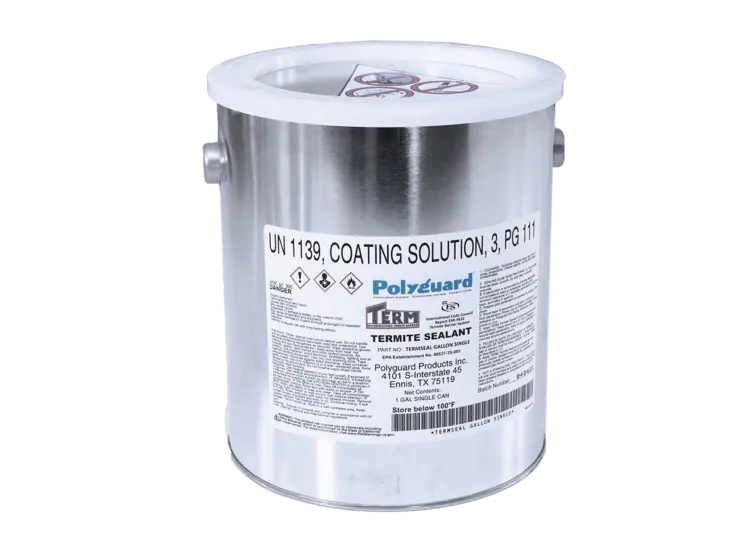
TERM® Termite Sealant
Polyguard’s TERM® Termite Sealant provides exceptional protection against termites and moisture, making it an indispensable part of your crawl space encapsulation system. This sealant ensures a tight, durable bond at joints and penetrations, preventing termite intrusion and moisture seepage.
TERM® Waterproofing|Termite Barrier
Polyguard's TERM® Waterproofing|Termite Barrier combines superior waterproofing with termite protection, offering a dual solution for your crawl space needs. This innovative product features a high-performance barrier that effectively blocks moisture while preventing termite infestations. With its robust composition, it ensures comprehensive protection, enhancing the longevity of your encapsulation system.
TERM® Micromesh - Termite Screen
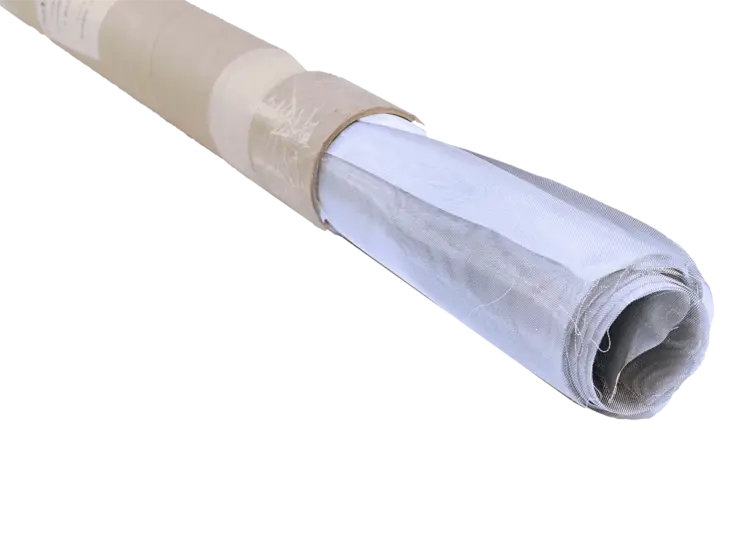
Polyguard's TERM® Micromesh - Termite Screen is designed to provide an effective barrier against termites while allowing for proper ventilation. This micromesh screen is made from durable materials that can withstand harsh environmental conditions, ensuring long-term protection. Using TERM® Micromesh in your crawl space encapsulation system helps prevent termite entry without compromising air circulation.
Transform Your Crawl Space with Polyguard
Polyguard offers a comprehensive range of solutions for crawl space encapsulation, including high-quality vapor barriers and termite barriers. Our products ensure long-term protection, improved air quality, and enhanced energy efficiency. Investing in Polyguard’s solutions can save you money on costly repairs and maintenance, providing peace of mind and a healthier living environment.
Contact us today for more information.
